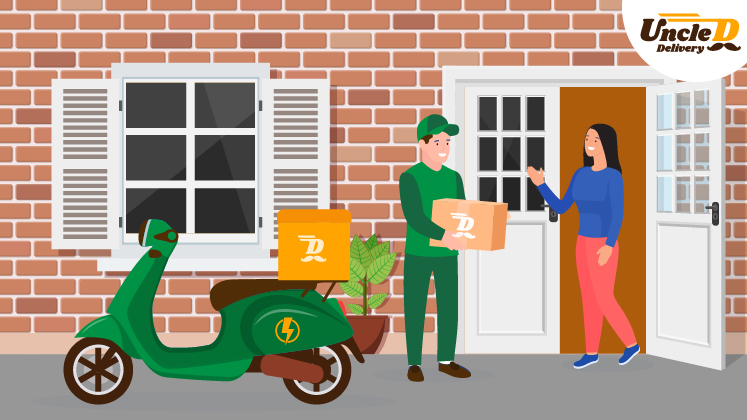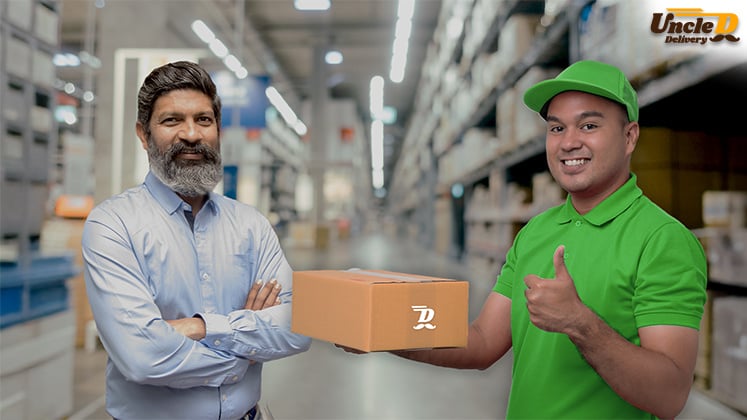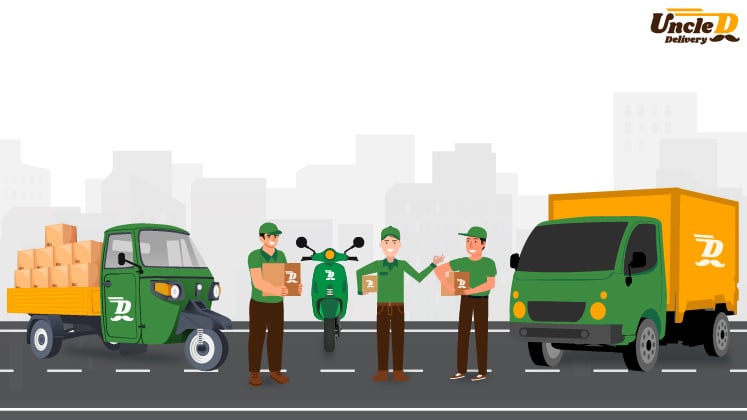Can Sustainable Last-Mile Delivery Keep Up with Urban Growth?
 India is witnessing rapid urbanisation. With more people living in cities and relying on e-commerce for everyday needs, last-mile delivery has become more important than ever. This final leg of a product’s journey, from a distribution hub to the customer’s doorstep might seem small, but it’s where most inefficiencies and environmental impacts occur. With same-day and next-day delivery becoming common expectations, especially in metro cities like Mumbai, Delhi, and Bengaluru, logistics companies are under constant pressure to deliver faster. But at the same time, there is growing concern about pollution, traffic congestion, and the carbon footprint of deliveries. This raises a key question: can sustainable last-mile delivery keep pace with the growing demands of urban India?
India is witnessing rapid urbanisation. With more people living in cities and relying on e-commerce for everyday needs, last-mile delivery has become more important than ever. This final leg of a product’s journey, from a distribution hub to the customer’s doorstep might seem small, but it’s where most inefficiencies and environmental impacts occur. With same-day and next-day delivery becoming common expectations, especially in metro cities like Mumbai, Delhi, and Bengaluru, logistics companies are under constant pressure to deliver faster. But at the same time, there is growing concern about pollution, traffic congestion, and the carbon footprint of deliveries. This raises a key question: can sustainable last-mile delivery keep pace with the growing demands of urban India?
India’s Urban Growth and Its Impact on Deliveries
India’s cities are expanding rapidly. According to a UN report, nearly 416 million people are expected to move to urban areas in India by 2050. With this growth, the number of delivery vehicles criss-crossing city roads is also increasing. From food to fashion to medicines, consumers are ordering almost everything online. But city roads are already crowded. Add to that thousands of delivery bikes, vans, and mini-trucks, and you get a recipe for traffic jams and pollution. A single delivery van can emit over 10 kg of CO₂ per day in a congested route. In cities where air quality is already poor, this adds to a growing environmental and public health problem.
Traditional delivery models are not built for sustainability. They focus on speed and scale, often ignoring fuel efficiency, route optimisation, or the environmental cost of failed deliveries and returns. As Indian cities continue to grow, this model will become harder to maintain without a shift toward greener, smarter systems.
Are Green Alternatives Gaining Ground in India?
The good news is that sustainable delivery solutions are slowly finding their place in India. EVs, especially two-wheelers, are emerging as a viable alternative for last-mile transport. Companies like Amazon India and Flipkart have already announced plans to switch a part of their delivery fleet to EVs.
EVs offer a clear environmental advantage. They produce zero tailpipe emissions and are quieter, making them suitable for residential deliveries. With fuel prices rising and state governments offering incentives on EV purchases, many small logistics firms and gig workers are considering the shift.
Beyond EVs, there is growing interest in using bicycles and e-bikes for hyperlocal deliveries, especially for food and grocery orders. In places like Bengaluru, delivery executives on cycles are becoming a common sight. This not only reduces emissions but also helps navigate traffic more easily.
However, challenges remain. EV infrastructure is still developing, with charging stations limited mostly to major urban centers. Battery range and load capacity can also be limiting factors for certain types of deliveries. And for the thousands of independent gig workers who own their own delivery bikes, switching to an EV involves upfront costs they may not be ready for.

Here's How Technology Can Help Solve the Last-Mile Puzzle
Technology has the power to make last-mile delivery more efficient and eco-friendly. In India, where road conditions, traffic patterns, and delivery densities vary widely from city to city, smart logistics solutions can help companies plan better. Route optimisation software, for instance, can reduce unnecessary travel by finding the most efficient delivery paths. This cuts fuel use, saves time, and allows more deliveries in a single trip. Real-time traffic data, combined with AI, is already helping platforms like Swiggy and Zomato improve their delivery times while keeping mileage low.
Another promising approach is micro-fulfillment centers. Instead of shipping products from large warehouses located outside the city, businesses can store frequently ordered items in small hubs located within city limits. This reduces travel distance and allows faster, greener deliveries. Crowdsourced delivery networks are also gaining popularity. These use local individuals or part-time workers to fulfill deliveries within their neighbourhoods, cutting down the distance traveled per package. This model, which works well in India’s dense urban zones, promotes hyperlocal logistics with reduced emissions.
In short, tech-led innovations offer scalable solutions, but their success depends on strong implementation, integration, and adoption by businesses of all sizes, from large e-commerce players to small kirana stores using delivery apps.
The Road Ahead: A Shared Responsibility
Sustainable last-mile delivery in India is not just a logistics issue. It is a shared responsibility between companies, governments, and consumers. Businesses need to rethink delivery practices not just for cost or speed, but for long-term sustainability. The government, on its part, can support the transition by strengthening EV infrastructure, offering tax benefits, and easing regulatory barriers.
Urban planning also plays a role. Dedicated delivery zones, time-bound access for commercial vehicles, and better road infrastructure can make deliveries smoother and greener. Many Indian cities have experimented with pedestrian-only zones and no-vehicle areas; similar thinking can help reduce delivery-related congestion. Consumers too have a part to play. Choosing longer delivery windows, accepting group or consolidated deliveries, and supporting businesses that offer green delivery options can help reduce pressure on the system. A cultural shift toward patience and environmental awareness could go a long way in making last-mile logistics more sustainable.
While the challenges are real, India is uniquely positioned to lead a more sustainable model of urban delivery. With its mix of youthful population, rising tech innovation, and growing environmental consciousness, there is potential to design systems that work not just for profit, but for people and the planet.
Conclusion
As India’s cities expand and online shopping becomes second nature, the need for efficient and eco-friendly last-mile delivery will only grow. Sustainable options like electric vehicles, route optimisation, and hyperlocal fulfilment offer hope, but the road ahead is long and requires collective action. The big question is not whether sustainable last-mile delivery can keep up with urban growth, but whether all of us, businesses, government, and consumers, are ready to make it a priority. The future of our cities may depend on it.


-1.jpg)

Post a comment